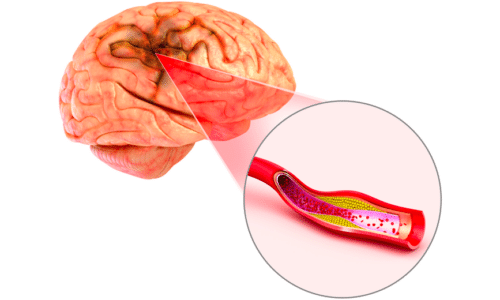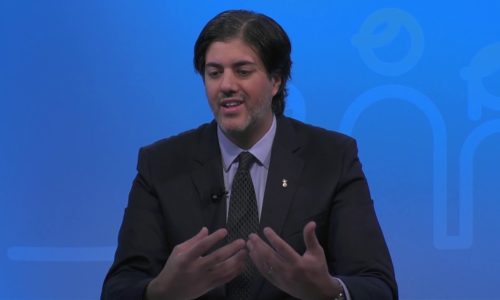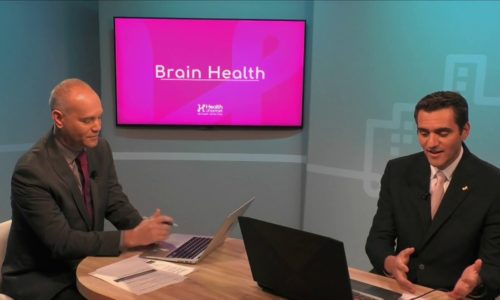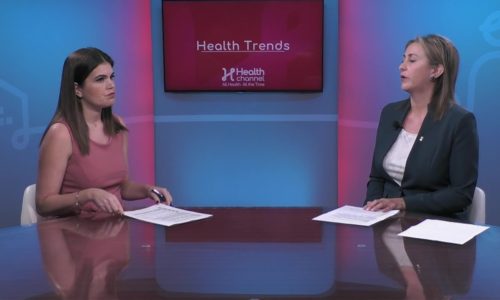Exploring Rehabilitation Options for Stroke Patients |
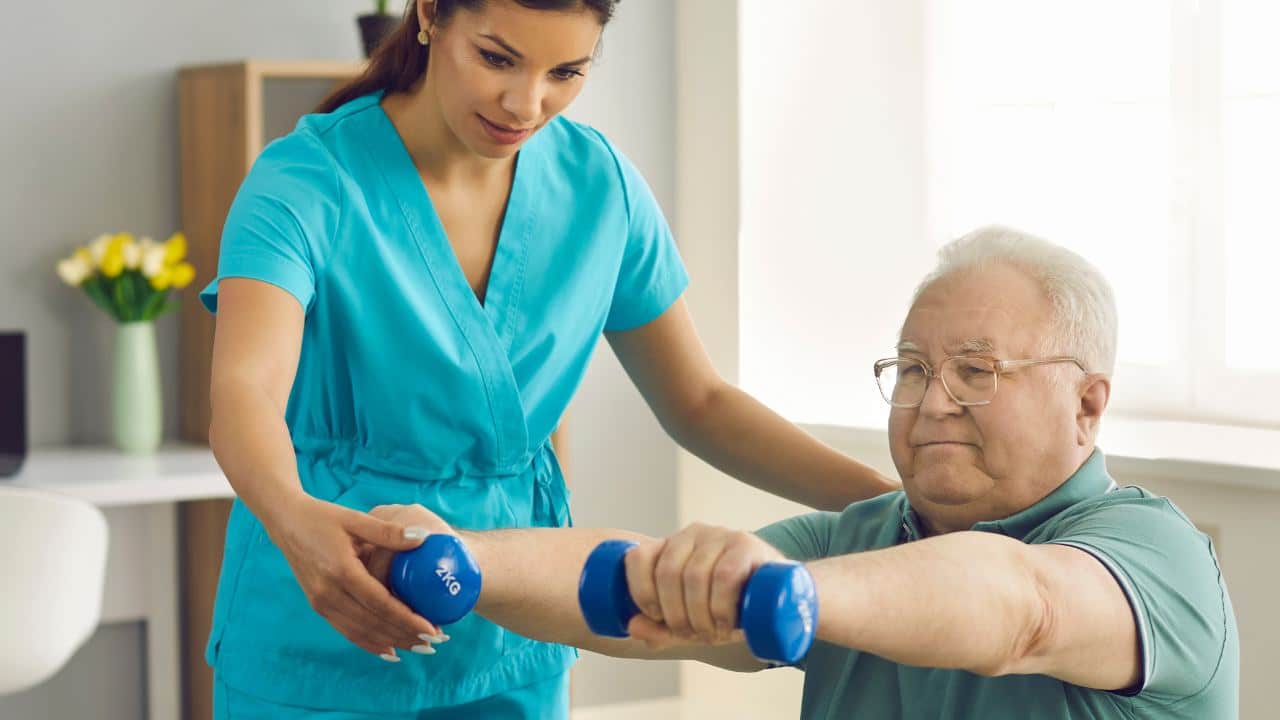
Rehabilitation plays a crucial role in the recovery journey of stroke patients, helping them regain function and improve their quality of life. In an interview with the Health Channel, Haronyd Melo Nunez, Manager of Rehab Services at West Kendall Baptist Hospital, explores the various rehabilitation options available to patients once they leave the hospital setting. From outpatient rehabilitation to home health services, each option caters to specific needs and circumstances.
Outpatient rehabilitation differs from the acute care setting experienced during a hospital stay. While in the hospital, patients typically receive around 25 to 30 minutes of therapy per day from physical, occupational, and speech therapists. In the inpatient rehabilitation setting, this therapy time can increase to up to 3 hours daily, encompassing all three therapy disciplines.
When transitioning to outpatient rehabilitation, patients usually attend sessions three times a week. Each session typically lasts around 45 minutes to an hour, allowing for more focused and personalized therapy. Outpatient rehabilitation often serves as the final phase of the rehabilitation process, either following an inpatient rehabilitation stay or for patients with mild limitations who go directly from the hospital to outpatient rehab.
For patients who are unable to leave their homes due to various reasons, such as mobility constraints or safety concerns, home health rehabilitation becomes an essential option. Home health services cater to individuals who are homebound and cannot easily access outpatient therapy centers. In these cases, a therapist visits the patient’s home, assessing the living environment for safety and making recommendations for necessary adaptations, such as installing grab bars or removing tripping hazards. Additionally, therapists provide exercises and strategies to help patients adapt to their new lifestyle and continue their rehabilitation progress within the comfort of their homes.
Home health rehabilitation offers unique advantages, particularly for patients with limited mobility or transportation options. By bringing therapy directly to the patient’s doorstep, home health services promote convenience, comfort, and continuity of care. Therapists work closely with patients to establish personalized treatment plans, addressing their specific needs and goals while considering the constraints of their home environment. This approach not only enhances physical rehabilitation but also focuses on creating a safe and supportive space for patients to regain independence and confidence.
Whether patients opt for outpatient rehabilitation or choose the convenience of home health services, the key to successful rehabilitation lies in collaboration between patients, caregivers, and healthcare professionals. It is essential to communicate openly with therapists, expressing concerns, sharing progress, and actively participating in therapy sessions. By adhering to prescribed exercises and strategies, stroke survivors can maximize their recovery potential and achieve the best possible outcomes.
Rehabilitation after a stroke is a critical component of the recovery process, assisting individuals in regaining function, mobility, and independence. Outpatient rehabilitation and home health services offer valuable options for patients, allowing them to continue their rehabilitation journey beyond the hospital setting. By understanding and exploring these rehabilitation options, stroke survivors and their loved ones can make informed decisions to facilitate optimal recovery and regain control of their lives.
To find out more about strokes and their potential causes, you can check out more videos on strokes on the Health Channel YouTube: https://www.youtube.com/watch?v=3yfSKGtKR3g



